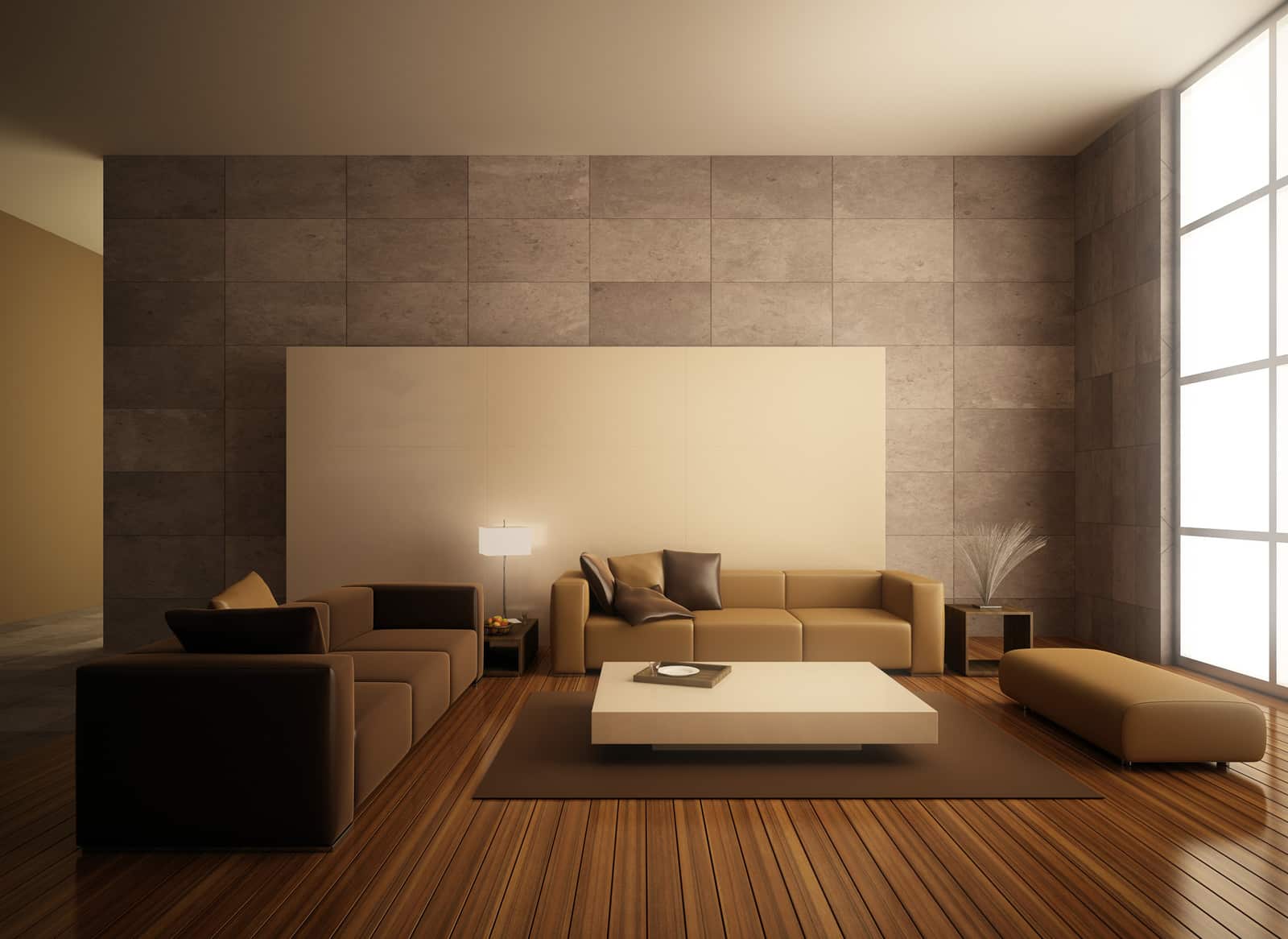Physical Address
304 North Cardinal St.
Dorchester Center, MA 02124
Physical Address
304 North Cardinal St.
Dorchester Center, MA 02124

Simplicity and purpose are shaping modern architecture
Minimalism has gradually shifted from being a lifestyle choice to a guiding philosophy in design and architecture. In recent years, we’ve seen a heightened appreciation for simplicity, functionality, and clarity in the built environment. Instead of focusing on excess or decorative abundance, modern architects now prioritize pure form, clean lines, and purposeful use of space. By doing so, minimalism is not just shaping how our buildings look, but also how we live, interact, and experience design on a deeper level.
Minimalism in architecture did not appear overnight. Emerging as a response to overly ornate design traditions and industrial clutter, it took root in the 20th century and has steadily influenced how architects approach their craft. Early pioneers emphasized stripping away what was unnecessary, revealing the structural truth and beauty of materials themselves. This foundation reshaped expectations of how spaces should serve function while still holding aesthetic appeal.
As societies modernized, there was a growing desire for environments that prioritized clarity over chaos. The visual calmness of minimalist design began to be associated with mental well-being, creating greater demand for spaces that eliminate distractions. Homes, offices, and public buildings were reconceived as sanctuaries of order, reflecting modern values of efficiency and mindfulness. This marked the turning point where architectural purpose aligned tightly with lifestyle shifts.
Today, minimalist principles have become a mainstream part of architectural training and practice, influencing designs worldwide. Architects are no longer focusing solely on grandeur but on balance, proportion, and silent elegance. The philosophy continues to shape both residential and commercial projects, redefining how we interpret beauty in the modern age. Its ongoing rise demonstrates that people value not only what a building looks like, but also how it feels to inhabit.
The continued momentum of minimalist design is also linked to sustainability. By embracing simplicity, architecture naturally avoids excess consumption of materials. Spaces designed with minimalism in mind often employ resource-efficient strategies, further fueling the global conversation on environmental responsibility. This makes minimalism not just an aesthetic choice, but also an ethical one.
Minimalist architecture highlights the experience of space itself rather than objects filling it. By removing clutter, each remaining element gains importance, and people become more aware of light, air, and openness. This reflective quality enhances how individuals perceive their environment, fostering tranquility in both private and public settings. Such simplicity nurtures a deeper connection between architecture and human experience.
Simplicity also allows flexibility. Spaces designed with fewer fixed features can adapt more easily to changing needs over time. For example, a minimalist office layout can seamlessly support collaborative work while still offering quiet zones for focus. In this way, understatement translates into longevity, ensuring buildings remain functional and relevant across different uses.
The psychological benefits of simplified spaces should not be overlooked. In a fast-paced, overstimulated world, minimalist environments provide room for mental clarity and creative thought. Depth is achieved not through decorative details, but through contrasts of proportion, texture, and natural light. These design tools craft atmospheres that are calming, restorative, and conducive to well-being.
Furthermore, minimalist design shifts the focus from objects to experiences. A carefully designed minimal space can turn a single window’s light pattern or the sound of footsteps across polished concrete into impactful features of daily life. By reducing distractions, architecture transforms the ordinary into moments of quiet reflection. This experiential quality explains why minimalism continues to resonate with architects and individuals alike.
One of the most distinctive aspects of minimalist architecture is its reliance on clean design lines. Straightforward forms bring a sense of order and intentionality to structures, creating clarity of vision. Unlike ornate facades or decorative embellishments, clean lines communicate honesty in design, allowing the building’s function and purpose to shine without distraction.
Modern architects value these lines not only for their aesthetic power but also for their practicality. Clean design supports efficient planning, cost savings, and streamlined construction. The result is architecture that is both accessible and timeless, resisting fleeting trends. This long-term appeal gives modern minimalist structures enduring relevance.
Beyond functionality, clean design lines contribute to a universal language of architecture. They transcend cultural barriers, offering a sense of modern identity recognizable across urban landscapes worldwide. Whether in residential projects, civic centers, or office towers, the impact is consistent: an emphasis on unity, proportion, and harmony over unnecessary complexity.
Additionally, today’s technological innovations support minimalist ideals. Advances in building materials, structural systems, and glass technology allow architects to execute vision with greater precision. Clean lines are not just a stylistic preference but an achievable reality made possible by modern craftsmanship. This synergy between aesthetics and technology ensures minimalist design principles will remain a cornerstone of future architecture.
Minimalist design principles have reshaped modern architecture by prioritizing simplicity, functionality, and emotional resonance. As society continues to seek clarity in an increasingly complex world, these principles offer a pathway toward calm, sustainable, and timeless spaces. Clean lines, purposeful use of space, and respect for materials ensure that buildings serve not just as structures, but as meaningful environments for living and working. The influence of minimalism, far from fleeting, signals a long-term evolution in how we envision and construct our built world.